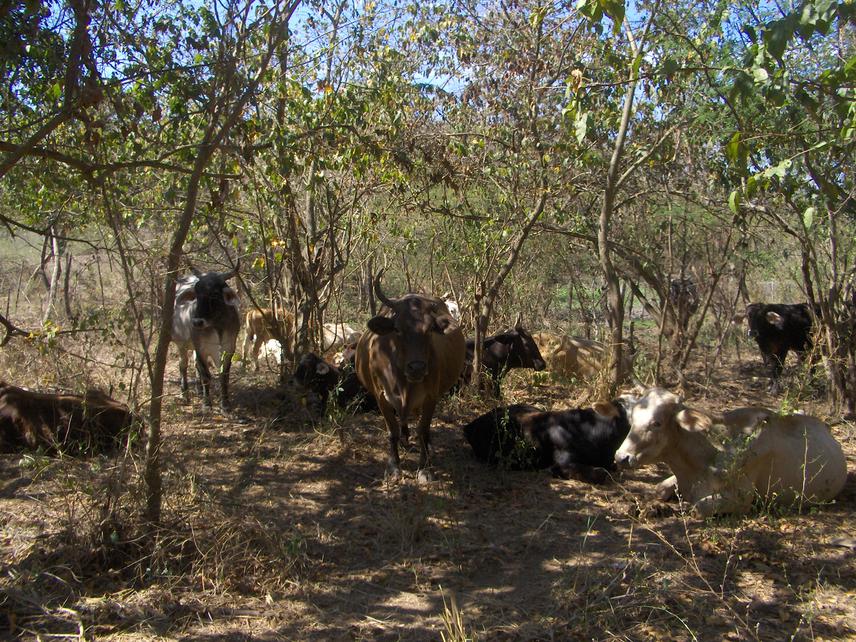Francisco Mora Ardila
Other projects
25 Mar 2013
Assessing the Conservation Value of Tropical Dry Forests Under Local Management in the Chamela-Cuixmala Region, Mexican Pacific Coast
The project aims to identify alternative management strategies to circumvent the trade-off between forest conservation and livestock production in tropical dry forests.

Highly biodiverse tropical dry forests throughout the world have been transformed in the last century for livestock production, both through forest clearance or free foraging of cattle in the forest. As a result, a significant amount of the unique biodiversity of these forests has been lost or is at risk now. Conservation schemes should therefore include the identification of alternative forest management strategies favouring fodder provision for livestock without compromising long term forest conservation. In this project we aim to identify such alternatives for the tropical dry forests in the Chamela-Cuixmala region, western Mexico.
Using a participatory approach with local communities, governmental agents, and scientist we will 1) characterize current forage management practices for livestock foraging, 2) assess their potential long-term effects on forest structure and diversity, and 3) identify forest and livestock management practices that could favour forest conservation. To this end, we will use a mixture of methods, including:
• interviews with local landowners for the characterization of current management practices,
• forests sampling for assessing cattle impact on forest structure and diversity,
• field surveys for the identification of native forage species suitable for pasture and forest enrichment,
• training sessions for local landowners on alternative management activities already known,
• workshops for presentation and discussion of local and foreign experiences on forest management for livestock production.
Three main practical conservation outputs will be derived from this work. First, an assessment of the long-term effect of current forest management practices on future conservation of the forest. Second, a group of local landowners with increased awareness on the effect of current forest management practices and trained to implement and disseminate alternative forest management activities and strategies for livestock production and forest conservation. And third, a native species guide with potential to be used for forest and pastures enrichment distributed among local landowners.
We expect that by identifying and favouring the adoption of alternative management strategies for livestock production in the Chamela-Cuixmala region, the trade-off between forest conservation and local livelihoods become less stark, therefore contributing to biodiversity conservation.